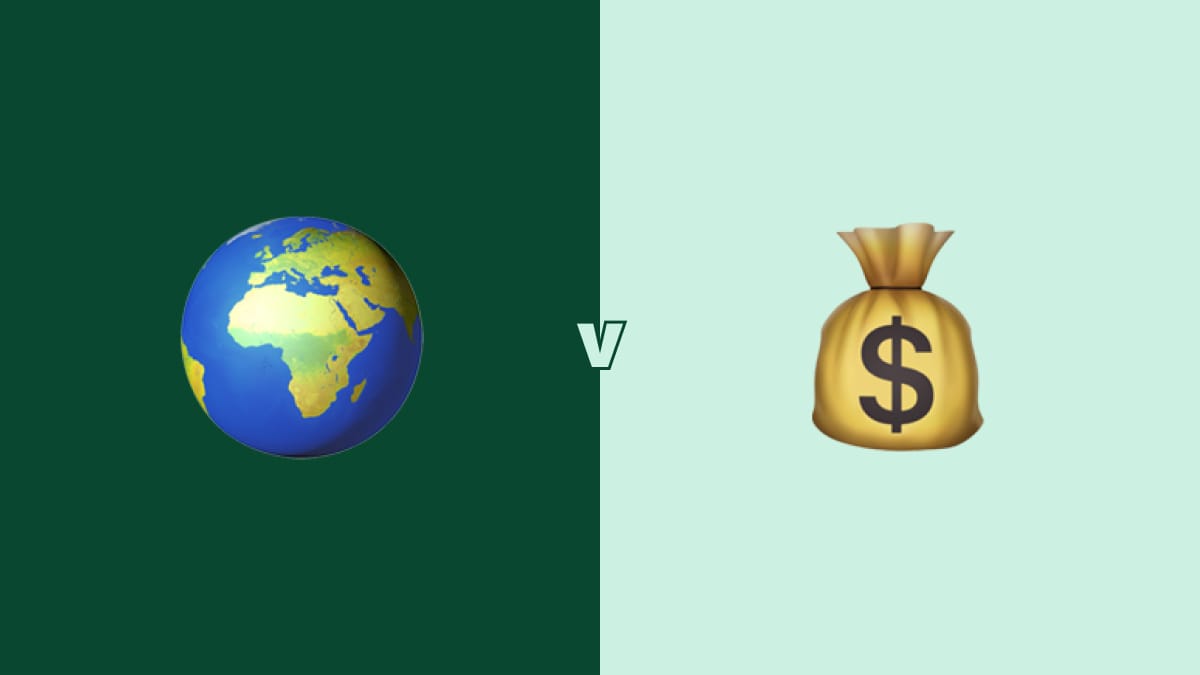After acquiring an old-school alarm clock, this week I’ve been paying close attention to my routine.
I’ve never truly been a morning person.
But lately, due in part to having more on my plate (a dog to walk, a partner to look after, and a lack of hot water) I’ve been finding I desperately need more hours in the day.
What I was forgetting was that my evening hours were not well spent. After a long day I’m often tired and lacking motivation. All I really want to do is chill, put my feet up, and watch Slow Horses (or some sort of TV show that is far more trashy!)
My routine was stacked against me: hope (and fail) to do productive, valuable tasks at the end of the day, end up spending too long watching nonsense (aside from Slow Horses — it’s anything but), and then look at my phone and realise I should be in bed… Then end up getting drawn into my phone and realising I should have been in bed an hour ago.
Strict evenings
So I’ve made my evenings stricter. Earlier dinner, less TV, and then as little screen time as possible.
What’s really helped is deliberately putting my phone in another room to where I sleep. I completely removed my charger from the bedroom to avoid having any excuse for bringing my phone to bed.
Bedtime is now a deliberate cut off from screen time.
It’s just me and my alarm clock. And my partner too, I guess!
Calm mornings
What I’ve started to find, after a few weeks, is nothing short of a miracle: I’m actually starting to wake up earlier!
What I love about my mornings now is the tranquility of being awake when no one else is.
No sounds, no chaos, no tasks, no emails.
Just me and my thoughts.
I’m finding I have an hour or more most mornings where I can think, review, reflect, and ponder. I can wander aimlessly in my mind. I can wonder, too.
I’m realising how desperately my mind needed this space to breathe.
Here’s to a calm week ahead.
Other things
- Brad Pitt and George Clooney in the south of France discussing their careers.
- What is Founder Mode? Paul Graham of Y Combinator shared an essay outlining how the founder of AirBnB runs differently to most conventional organisations led by managers.
- After the elation of achieving a milestone with my running last week, I was in awe of someone else this Saturday. I witnessed a blind runner with a guide, and saw how they sped around 5km at the same time as me. There are no limits but those we set ourselves.
- Perhaps soon your emails might have an expiry date?
Quote
"The best way to make your dreams come true is to wake up." — Paul Valery (a French poet)
